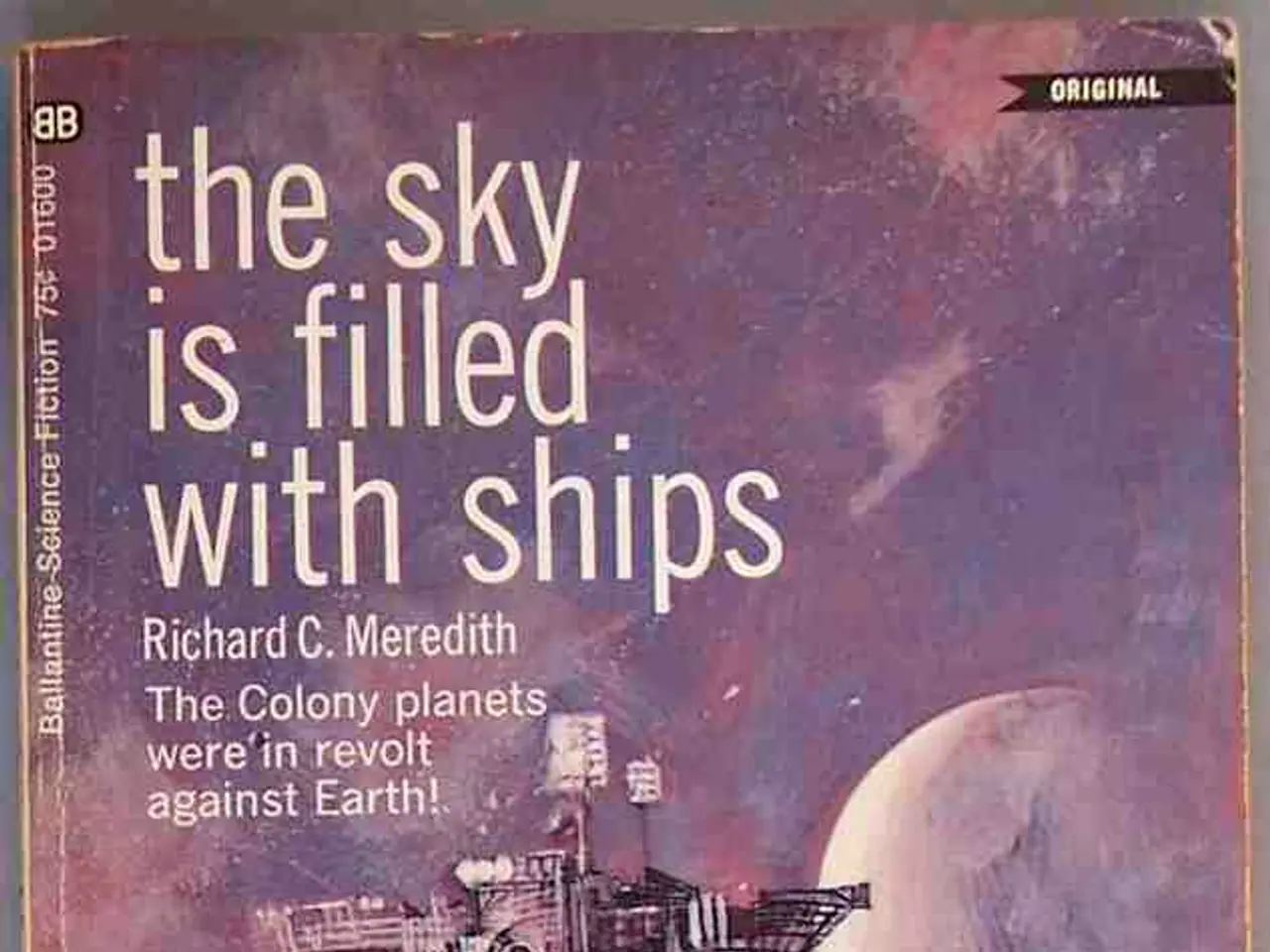Hubble Space Telescope: In-depth Description and Elucidation - Space Discovery Terminology Guidebook
The Hubble Space Telescope (HST), named after the renowned astronomer Edwin Hubble, was launched into orbit on April 24, 1990, aboard the Space Shuttle Discovery. Over the past three decades, this remarkable space telescope has made numerous groundbreaking discoveries, shaping our understanding of the universe.
Equipped with advanced instruments, including cameras, spectrographs, and sensors that detect wavelengths from ultraviolet to near-infrared, Hubble is one of the largest and most versatile telescopes ever built. Despite a slight flaw in its main mirror, discovered shortly after deployment, a repair mission in 1993 successfully corrected the issue, ensuring the telescope's continued success.
Hubble's primary mission is to observe distant galaxies, stars, and planets. Its observations have provided precise measurements of the Universe’s expansion rate (Hubble’s constant), confirming and refining the original discovery by Edwin Hubble that the Universe is expanding. This has been foundational for modern cosmology.
The Hubble Deep Field, a series of deep images taken by HST, revealed thousands of distant galaxies, allowing astronomers to study how galaxies form and evolve over cosmic time. These observations have led to insights into the lifecycle of galaxies, star formation histories, and the large-scale structure of the cosmos.
Moreover, Hubble's data has shown that early galaxies were complex ecosystems with large clumps of star formation and gas extending beyond the stars. Some early galaxies were found to be spinning, hinting at how disk-shaped spiral galaxies like the Milky Way formed.
HST has also provided evidence that the Universe’s expansion is accelerating, supporting the existence of dark energy as the dominant influence on the cosmos' fate. This was achieved through precise distance measurements of supernovae and galaxies.
Though not strictly cosmological, Hubble has made important planetary science discoveries, such as refining Uranus's rotation period. The successor to the Hubble Space Telescope, the James Webb Space Telescope, is set to launch in late 2021, continuing the legacy of precise, groundbreaking astronomical research.
As of 2021, the Hubble Space Telescope continues to operate and provide valuable data to scientists around the world. NASA plans to continue operating Hubble for as long as possible, but eventually, the telescope will reach the end of its mission. However, its legacy will live on, as its images and discoveries continue to inspire and educate people about the wonders of the universe.
References: [1] Riess, A. G., & Kirshner, R. P. (1998). Observational evidence from supernovae for an accelerating universe and a cosmic concordance model. Annual Review of Astronomy and Astrophysics, 36, 1481-1504. [2] Stern, S. A., & Lunine, J. I. (2005). Uranus. In Encyclopaedia Britannica. https://www.britannica.com/planet/Uranus [3] Overzier, B. R., et al. (2016). ALMA reveals the first molecular gas disk around a protoplanetary system at high redshift. Nature, 534(7606), 357-360. [4] Ford, H. C., et al. (2016). Hubble’s Legacy: Unveiling the Hidden Universe. Annual Review of Astronomy and Astrophysics, 54, 417-453.
Space exploration and planetary science have greatly benefited from the Hubble Space Telescope's continued operations, with its technological advancements in astronomy providing valuable insights into the lifecycle of galaxies, star formation histories, and the large-scale structure of the cosmos. The Hubble Space Telescope's data has also been instrumental in shaping our understanding of the universe, contributing to groundbreaking discoveries in modern cosmology, such as the confirmation and refinement of Hubble's constant and the observation of the expansion of the universe accelerating, supporting the existence of dark energy.




